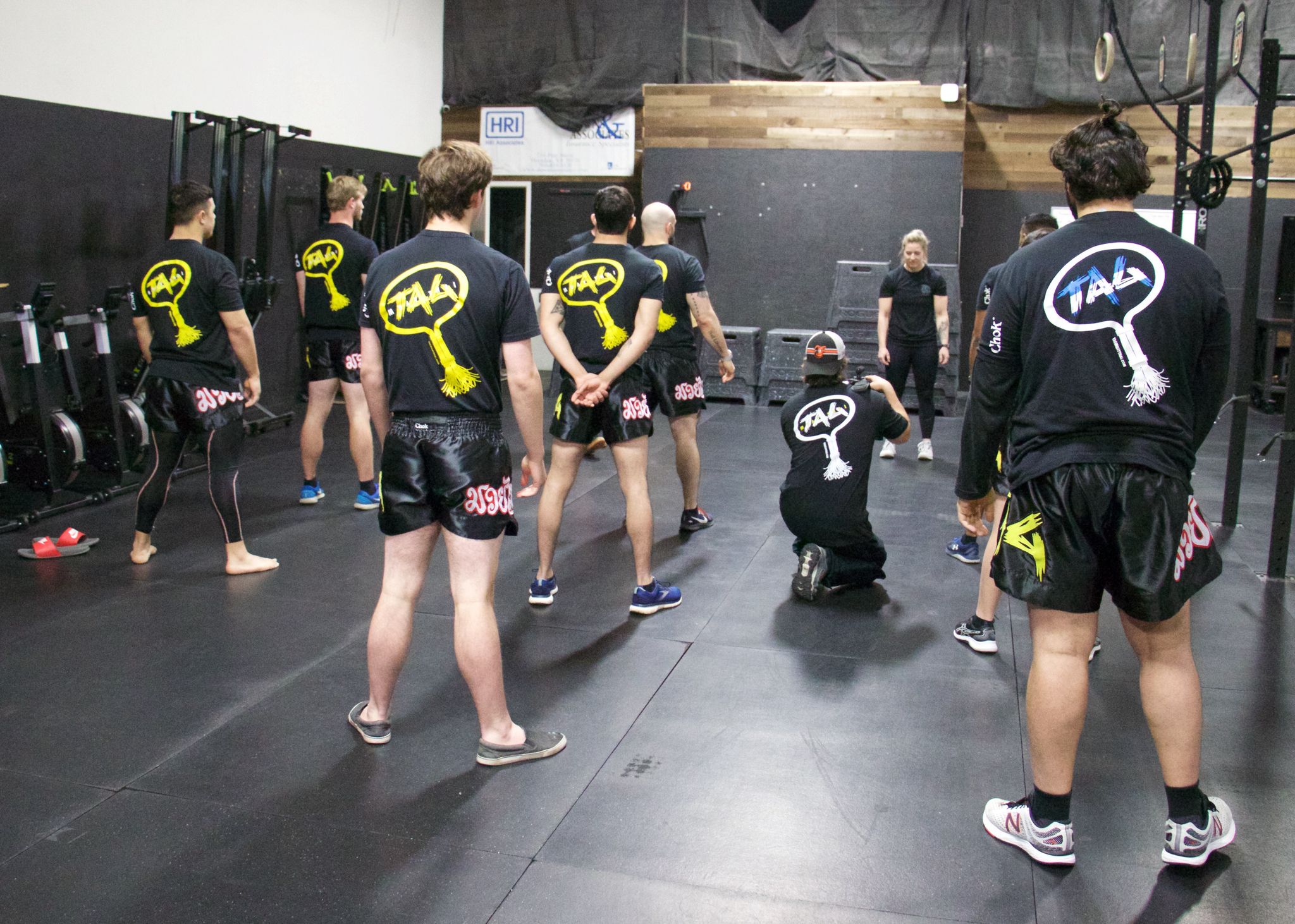Introduction
When you think of Muay Thai, you likely picture fast-paced striking, high kicks, and powerful elbows. But behind every sharp technique is a foundation of strength and conditioning that makes it all possible. Muay Thai fighters don’t just train in the ring—they also work hard outside of it to build strength, endurance, and resilience. This blog explores how strength and conditioning shape the performance of Muay Thai athletes, using real examples and practical tips to guide your own training.
https://youtu.be/dgaJRe43lYI
1. Muay Thai Strength Training: Building a Fighter’s Foundation
Strength training is a critical component of a Muay Thai athlete’s routine. It builds the muscle power required to generate force behind punches, kicks, knees, and elbows. Unlike bodybuilding, which focuses on aesthetics, strength training for fighters is about function, speed, and injury prevention.
Key exercises include:
- Compound lifts like squats, deadlifts, and bench presses to develop full-body strength.
- Bodyweight training such as pull-ups, dips, and push-ups to improve mobility and control.
- Explosive movements like box jumps and kettlebell swings to enhance power output.

TAG fighters, for instance, integrate these into their weekly schedules to ensure they’re strong enough to keep up with the demands of hard sparring and competition.
2. Conditioning for Muay Thai: Why Cardio Isn’t Enough
Cardiovascular fitness is crucial, but fighters need more than just long-distance running. Muay Thai demands short bursts of high effort, followed by brief recovery periods. Therefore, fighters train both aerobic and anaerobic systems.
Typical conditioning includes:
- Interval sprints: to mimic fight rounds.
- Pad work and bag rounds: high intensity with short breaks.
- Circuit training: combining strength and cardio for full-body endurance.

Many TAG athletes incorporate road work early in the morning, then hit conditioning drills in the evening. It’s this two-a-day grind that builds elite-level stamina.
3. Mobility and Flexibility: Often Overlooked, Always Needed
Flexibility and mobility are often underrated in fighter conditioning, but they’re essential for proper technique and injury prevention. A good range of motion allows athletes to kick higher, block better, and move more efficiently.
Training routines include:
- Dynamic warm-ups before training (leg swings, hip openers).
- Static stretching post-training to lengthen tight muscles.
- Yoga or mobility flow sessions on rest days.

This focus helps TAG’s fighters stay limber and reduce downtime due to muscle strains or joint issues.
4. Strength Training Cycles: Periodization for Performance
Muay Thai fighters don’t train the same way year-round. Their strength routines change depending on where they are in their fight calendar.
The phases generally include:
- Off-camp (general prep): Heavy lifting, muscle building, basic conditioning.
- Fight camp (specific prep): Lighter weights, higher reps, more explosive work.
- Peaking: Tapering down strength work to focus on speed and fight-specific drills.
- Recovery phase: Deloading and rehab to allow the body to recover.
https://youtu.be/VnlZBGcCohE?si=W-7NUoCpBZzMG-OW
TAG coaches work closely with fighters to modify strength programs based on their upcoming fights.
5. Core Strength: The Secret Weapon
The core is the powerhouse of every strike. A strong core provides stability, balance, and rotational power.
Top exercises include:
- Russian twists
- Hanging leg raises
- Planks and side planks
- Ab wheel rollouts
Incorporating core work into every session helps TAG athletes generate more force with less effort.
6. Recovery: Training Smarter, Not Just Harder
Recovery is a major part of any high-level athlete’s program. Overtraining can lead to injury, burnout, and poor performance.
Recovery strategies include:
- Sleep: 7–9 hours a night to allow muscle repair.
- Active recovery: Light movement like shadowboxing or swimming.
- Massage and foam rolling: To release tight muscles.
- Proper nutrition and hydration: To fuel and repair the body.
TAG emphasizes rest just as much as training to ensure longevity in the sport.
7. Nutrition for Strength and Conditioning
No amount of training can make up for poor nutrition. What fighters eat directly impacts their strength, stamina, and ability to recover.
Basic nutrition rules for fighters:
- High protein intake for muscle repair and growth.
- Complex carbohydrates like brown rice and oats for sustained energy.
- Healthy fats such as avocados and nuts for hormone balance.
- Plenty of water and electrolytes for hydration.

TAG’s in-house coaches often provide basic meal guidance, especially during weight cuts.
8. Real Examples: How TAG Fighters Train Outside the Ring
Let’s look at a few examples of how fighters from TAG implement strength and conditioning:
Jimmy Lange, known for his boxing influence, integrates heavy bag rounds followed by explosive lifts to simulate fight fatigue.
Sarah G., one of TAG’s rising fighters, mixes HIIT sessions with strength circuits focused on the posterior chain (glutes, hamstrings) to increase knockout power.
Each athlete’s program is tailored, but all share one goal: functional strength that enhances performance in the ring.
9. Building a Weekly Strength & Conditioning Routine
Here’s an example of a weekly layout for a Muay Thai fighter:
- Monday: Strength (upper body) + light conditioning
- Tuesday: Skill work + HIIT sprints
- Wednesday: Strength (lower body) + core
- Thursday: Sparring + mobility work
- Friday: Explosive drills + conditioning circuits
- Saturday: Technical drills + yoga
- Sunday: Full rest or active recovery
Consistency is key. This routine offers a balance of intensity and recovery.
10. Mental Toughness Through Physical Conditioning
Finally, physical strength builds mental strength. Pushing through hard conditioning rounds teaches fighters discipline, resilience, and confidence. When you train your body to endure, your mind follows.
TAG athletes often mention how strength and conditioning help them overcome self-doubt, anxiety, and physical fatigue—lessons that carry over into every part of life.








